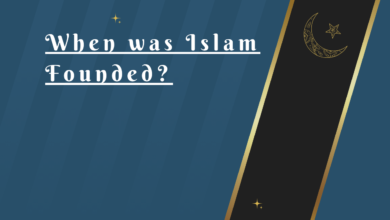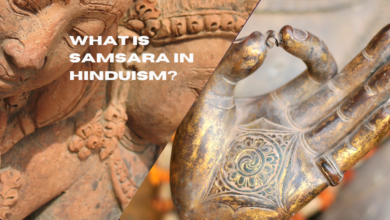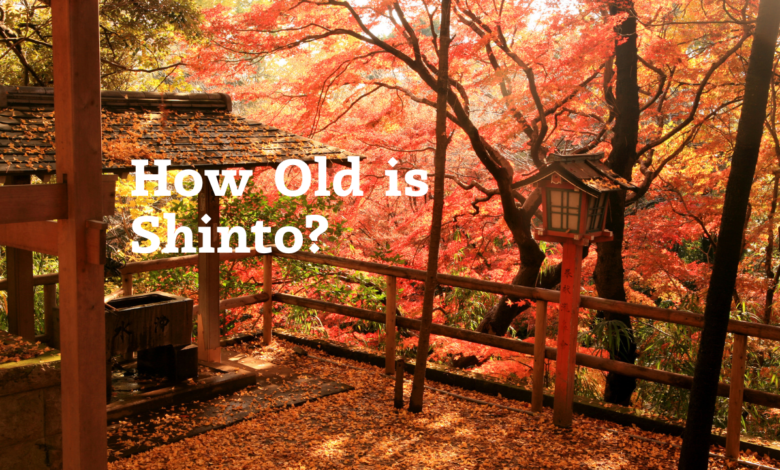
How Old is Shinto?
Shinto is believed to have ancient origins, possibly dating back thousands of years, although it lacks a precise founding date.
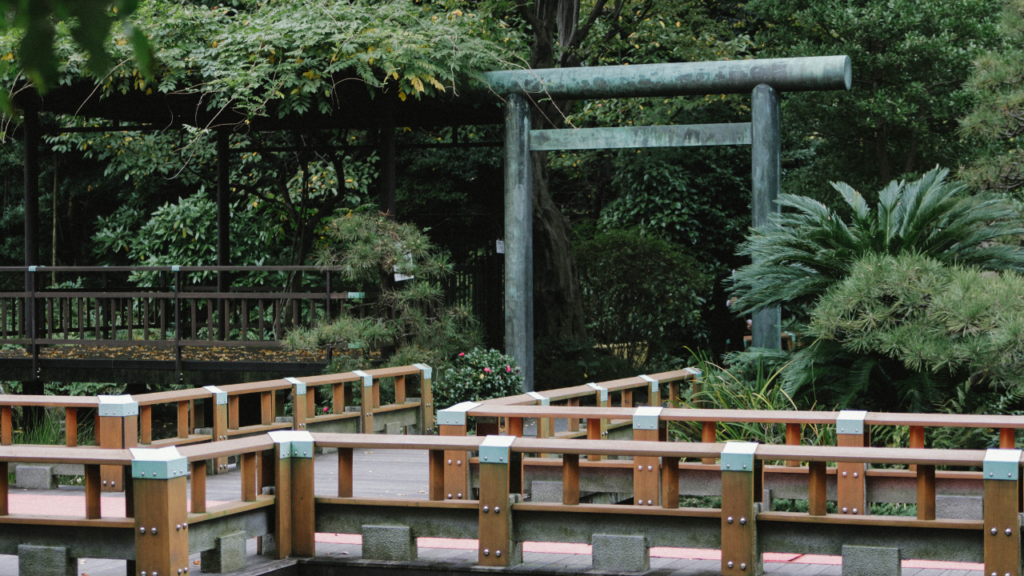
Introduction
Shinto, the indigenous religion of Japan, is a fascinating and deeply rooted spiritual tradition that has shaped the cultural and historical landscape of the country for centuries. It is known for its reverence of nature, kami (spirits or deities), and its unique blend of rituals, festivals, and customs. But how old is Shinto, and where does its history truly begin? In this article, we will delve into the ancient origins of Shinto and explore the various influences and developments that have contributed to its rich tapestry.
The Unwritten Beginnings
Shinto, which means “the way of the gods,” is a religion that has no specific founder, holy book, or central religious authority. This characteristic makes it challenging to pinpoint its precise origins. Some scholars believe that Shinto has been practiced in Japan for millennia, possibly even before recorded history. The lack of written records during Japan’s prehistoric period, however, makes it difficult to establish a definitive starting point for the faith.
Also check.
- What is Shinto Religion?
- When did Christianity start?
- Why is the Cow Sacred in Hinduism?
- What is Hinduism Religion?
- Which types of Clothes are Haram on Men?
The Role of Archaeological Evidence
To approximate the age of Shinto, scholars turn to archaeological evidence. Excavations have revealed ancient burial mounds and artifacts, some of which contain motifs and symbols associated with Shinto practices. The earliest signs of religious rituals and reverence for natural elements can be traced back to the Jomon period (approximately 14,000 to 300 BCE). During this era, Japan’s inhabitants were primarily hunter-gatherers, and they displayed a deep connection to the natural world. Some researchers believe that the roots of Shinto’s animistic beliefs and kami veneration can be found in these ancient practices.
Influence of Chinese and Korean Religions
While Shinto’s foundations can be traced back to indigenous practices, it has also been influenced by external factors. The introduction of Confucianism and Taoism from China and Buddhism from Korea and India significantly impacted Japanese spirituality. These foreign belief systems coexisted with Shinto, resulting in a syncretic approach that persisted for centuries.
During the Nara period (710-794 CE), Japan began to adopt many Chinese customs, including a centralized government and Buddhism. This period saw the creation of the first written records of Shinto rituals and practices, known as the “Kojiki” and “Nihon Shoki.” These texts, completed in the early 8th century, were instrumental in shaping Shinto’s development and providing a historical framework.
The Separation of Shinto and Buddhism
The Kamakura period (1185-1333 CE) marked a significant turning point in the history of Shinto. During this time, a movement to separate Shinto from Buddhism began. The Meiji Restoration in the late 19th century accelerated this process, as the government aimed to reinstate Shinto as Japan’s national religion. Shinto shrines were distinct from Buddhist temples, and a clear separation was established.
The Impact of Modernization
The modernization of Japan during the Meiji era (1868-1912) brought about significant changes in Shinto practices. The government promoted State Shinto, a form of the religion intertwined with nationalism, and established a state-controlled system of shrines. This period saw the creation of the Yasukuni Shrine, dedicated to Japan’s war dead, and the emperor was enshrined as a divine figure. These developments raised controversy and remain topics of debate in contemporary discussions about Shinto’s role in Japan’s society and politics.
Conclusion
The question of how old Shinto truly is remains a topic of ongoing scholarly debate. While it undoubtedly has deep roots in Japan’s prehistoric past, its development has been influenced by a variety of factors, both indigenous and foreign. Shinto’s unique blend of animism, kami veneration, and a strong connection to nature sets it apart as a distinct religious tradition.
In tracing the history of Shinto, it becomes clear that its age is measured not only in years but also in the evolution of its beliefs, practices, and cultural significance. Regardless of its exact age, Shinto continues to play a vital role in Japan’s cultural and spiritual landscape, serving as a reminder of the country’s rich and complex heritage.
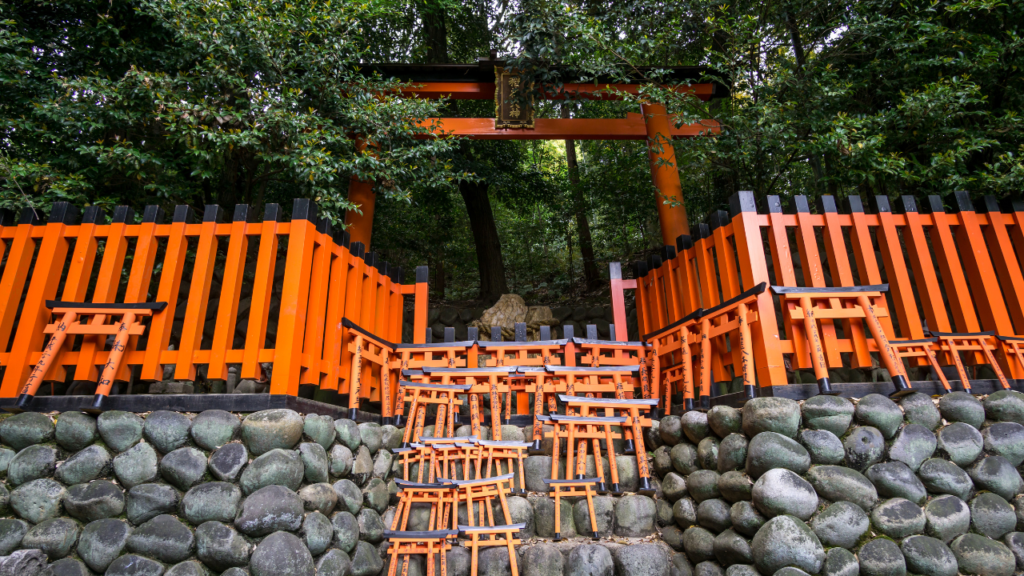
FAQs
How old is Shinto?
Shinto is believed to have ancient origins, possibly dating back thousands of years, although it lacks a precise founding date.
Is there any archaeological evidence supporting the age of Shinto?
Yes, archaeological findings, such as ancient burial mounds and artifacts with Shinto-related symbols, provide clues about the faith’s prehistoric roots.
When did written records about Shinto first appear?
Written records of Shinto rituals and practices emerged during the Nara period (710-794 CE) with texts like the “Kojiki” and “Nihon Shoki.”
How have other religions influenced Shinto’s development?
Chinese and Korean belief systems, such as Confucianism, Taoism, and Buddhism, have influenced Shinto throughout its history, resulting in a syncretic approach.
When was there a separation between Shinto and Buddhism?
The separation of Shinto and Buddhism began during the Kamakura period (1185-1333 CE) but was further emphasized during the Meiji era (late 19th century).
How did the Meiji Restoration impact Shinto?
The Meiji government aimed to establish Shinto as the national religion, leading to a separation of Shinto and Buddhism and the promotion of State Shinto.
What are the controversies surrounding modern Shinto practices?
Modernization of Shinto during the Meiji era led to the association of Shinto with nationalism, and the enshrinement of the emperor raised concerns and remains a topic of debate.
Is Shinto still practiced today?
Yes, Shinto is still practiced in Japan, and it remains an essential part of the country’s cultural and spiritual identity.
How is Shinto’s history relevant to contemporary Japan?
Shinto’s history continues to influence Japanese culture, spirituality, and its relationship with other religions and society.
Are there any ongoing debates or discussions about Shinto’s age and development?
Yes, scholars and researchers continue to study and debate the origins and evolution of Shinto, ensuring that it remains a topic of academic interest and discussion.
